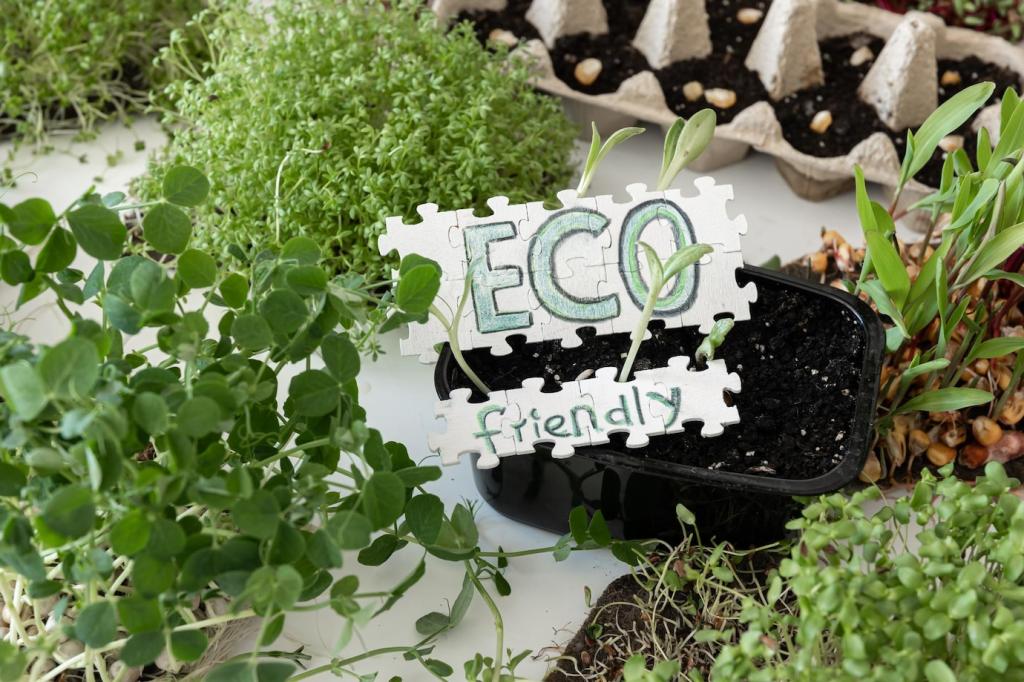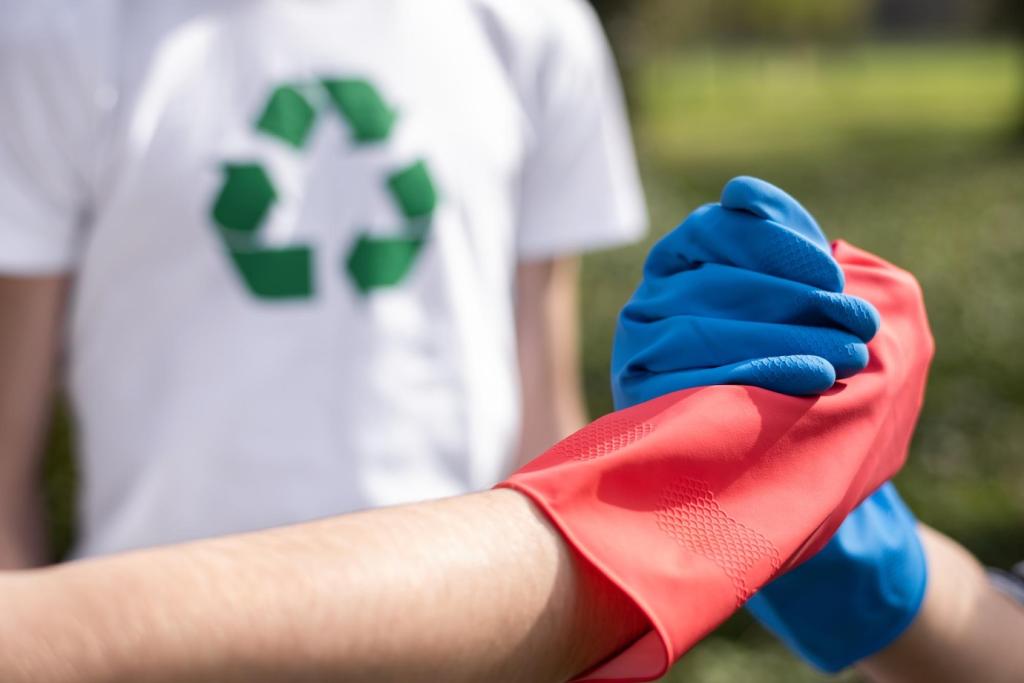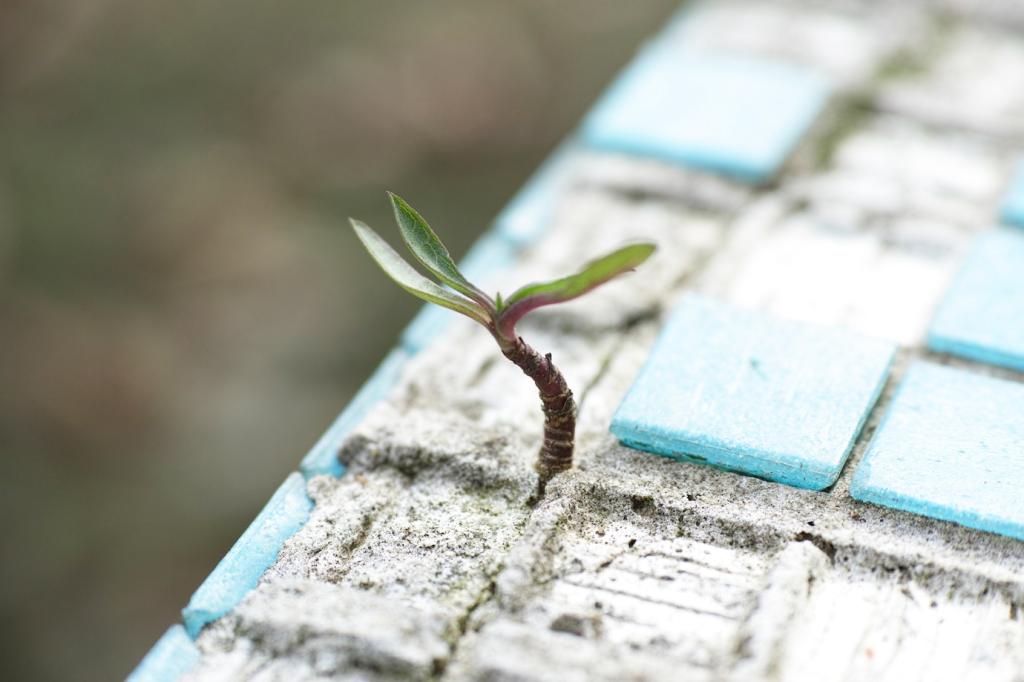Make It Routine: A Friendly Cleaning Calendar
Vacuum high-traffic seats, flip or rotate cushions, and spritz a faint mist of your DIY eco-friendly upholstery cleaner on armrests. Gentle, quick upkeep stops grime from settling and keeps rooms guest-ready with practically no stress.
Make It Routine: A Friendly Cleaning Calendar
Schedule a deeper session: deodorizing powder, careful spot treatment, and thorough drying with a fan. Wash removable covers per label instructions. Snap a before-and-after photo, then share your results to inspire our community’s next weekend refresh.




